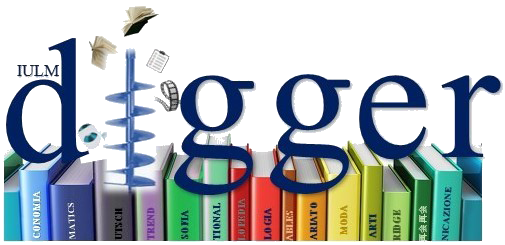In 18.Oktober 1977 – a cycle of fifteen paintings about the German Autumn and the Baader-Meinhof Gang – Gerhard Richter deals with the trauma of terrorism confronting himself with the crystallized memory of the “crime scene” – specifically, the photos of the dead bodies in Stammheim taken by the police and then published in Stern – that he recomposes, giving us back an experience of blurred, vague, enigmatic vision, therefore forcing us to look in a different way and to search for what is hiding from our sight. The work of Richter is a gesture of rewriting archival images that thus becomes an act of redemption. He opposes to the obscene visibility of the death showed in the photographs of the police – exhibited as proofs of guilt or exploited to satisfy a desire of revenge – the spectral vision of an elementary truth: death, even in the exceptional form of terroristic violence, represents a mysterious and utter horizon that no political gesture can recompose. It is exactly in the death, experienced as a common but unspeakable fate, that Richter finds the humanity of the terrorists, helping us to approach the comprehension of trauma
“Wir wollen uns mit den Bildern unseres Landes befassen”: Documents, Fetishes, Icons, Relics: the Reconstruction of the German Autumn as an Image, 2015-11.
“Wir wollen uns mit den Bildern unseres Landes befassen”: Documents, Fetishes, Icons, Relics: the Reconstruction of the German Autumn as an Image
FARINOTTI, LUISELLA
2015-11-01
Abstract
In 18.Oktober 1977 – a cycle of fifteen paintings about the German Autumn and the Baader-Meinhof Gang – Gerhard Richter deals with the trauma of terrorism confronting himself with the crystallized memory of the “crime scene” – specifically, the photos of the dead bodies in Stammheim taken by the police and then published in Stern – that he recomposes, giving us back an experience of blurred, vague, enigmatic vision, therefore forcing us to look in a different way and to search for what is hiding from our sight. The work of Richter is a gesture of rewriting archival images that thus becomes an act of redemption. He opposes to the obscene visibility of the death showed in the photographs of the police – exhibited as proofs of guilt or exploited to satisfy a desire of revenge – the spectral vision of an elementary truth: death, even in the exceptional form of terroristic violence, represents a mysterious and utter horizon that no political gesture can recompose. It is exactly in the death, experienced as a common but unspeakable fate, that Richter finds the humanity of the terrorists, helping us to approach the comprehension of trauma| File | Dimensione | Formato | |
|---|---|---|---|
|
FarinottiC&C.pdf
Non accessibile
Descrizione: Saggio completo
Dimensione
435.66 kB
Formato
Adobe PDF
|
435.66 kB | Adobe PDF | Visualizza/Apri Richiedi una copia |
I documenti in IRIS sono protetti da copyright e tutti i diritti sono riservati, salvo diversa indicazione.



